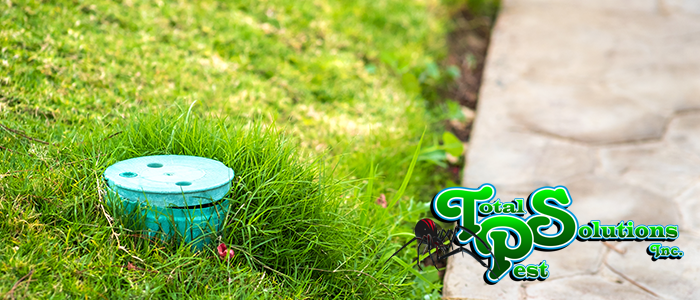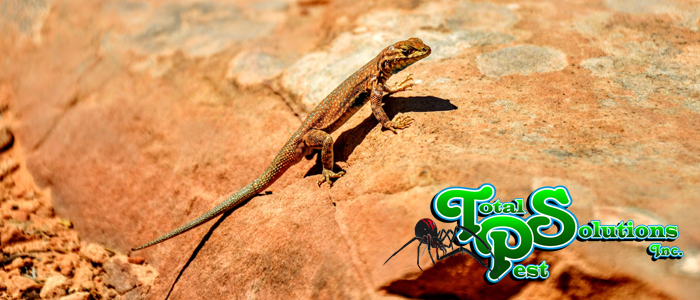
Winter Lawn Fertilization in Haines City: Timing for Spring Success
As the winter months approach Haines City, Florida, many homeowners believe that lawn care can be put on hold. However, winter lawn fertilization is a crucial step in preparing your lawn for a vibrant and healthy spring. Applying fertilizer at the right time during the winter months ensures that your grass receives the nutrients it needs to establish strong roots and thrive when warmer weather returns. This article will provide guidance on the timing, methods, and benefits of winter lawn fertilization to help you achieve a lush, green lawn.
Understanding the Benefits of Winter Lawn Fertilization
Winter lawn fertilization offers several benefits for your Haines City lawn. During the cooler months, grass growth slows down, but the root system continues to develop. Applying fertilizer in late fall or early winter provides essential nutrients like phosphorus and potassium, which promote root growth and increase the lawn’s ability to withstand stress. A strong root system is essential for a healthy, resilient lawn that can better tolerate drought, pests, and diseases. According to the experts at The National Association of Landscape Professionals, proper fertilization is key to lawn health .
Fertilizing in the winter also helps to improve the lawn’s overall health and appearance. The nutrients supplied by the fertilizer will be stored in the roots and released in the spring, resulting in a faster green-up and a more vibrant, uniform color. This early boost can give your lawn a competitive edge against weeds and other lawn problems. When thinking about lawn care, many people think it’s all about pest control, mowing, and watering, but winter fertilizer applications are an often overlooked, yet valuable addition to your arsenal.
Optimal Timing for Winter Lawn Fertilization in Haines City
The optimal timing for winter lawn fertilization in Haines City depends on the type of grass you have and the specific weather conditions. Generally, the best time to fertilize is in late fall or early winter, typically between November and January. This allows the grass to absorb the nutrients before the coldest temperatures arrive. Look for a fertilizer specifically formulated for winter use, with a higher concentration of phosphorus and potassium. Always follow the manufacturer’s instructions carefully when applying fertilizer.
Avoid fertilizing too late in the winter, as this can stimulate early growth that may be damaged by frost. Monitoring the weather forecast and adjusting your fertilization schedule accordingly is essential. If you’re unsure about the best time to fertilize your lawn, consult with a local lawn care professional. Proper timing ensures that your lawn receives the maximum benefits from the fertilizer application.
Choosing the Right Type of Winter Fertilizer
Selecting the right type of fertilizer is crucial for successful winter lawn fertilization. Look for a fertilizer that is specifically formulated for winter use, with a nutrient ratio that supports root growth. A fertilizer with a higher concentration of phosphorus and potassium (the second and third numbers in the fertilizer analysis) is ideal. Slow-release fertilizers are also a good choice, as they provide a steady supply of nutrients over an extended period.
Consider conducting a soil test to determine the specific nutrient needs of your lawn. A soil test can reveal deficiencies in essential nutrients and help you select the right type of fertilizer. Organic fertilizers, such as compost or manure, can also be used to improve soil health and provide nutrients. Always choose a fertilizer that is appropriate for the type of grass you have and the specific conditions of your lawn. An expert at Pennington Seed explains fertilizer numbers thoroughly.
Application Methods for Winter Lawn Fertilization
The method of application is just as important as the type of fertilizer you choose. Use a fertilizer spreader to ensure even distribution of the fertilizer across your lawn. Calibrate the spreader according to the manufacturer’s instructions to avoid over- or under-fertilizing. Apply the fertilizer on a day when the grass is dry and there is no rain in the immediate forecast. This will allow the fertilizer to be properly absorbed by the grass.
After applying the fertilizer, water your lawn lightly to help the nutrients penetrate the soil. Avoid overwatering, as this can wash away the fertilizer. Regularly inspect your lawn for signs of nutrient deficiencies, such as yellowing or stunted growth. Adjust your fertilization schedule as needed based on the condition of your lawn. Proper application ensures that your lawn receives the maximum benefits from the fertilizer.
Additional Winter Lawn Care Tips for Haines City
In addition to winter lawn fertilization, there are several other steps you can take to maintain a healthy lawn during the winter months in Haines City. Continue to mow your lawn as needed, but avoid cutting it too short. Taller grass provides better insulation for the roots and helps to prevent weed growth. Remove any fallen leaves or debris from your lawn to prevent matting and disease.
Monitor your lawn for signs of pests or diseases and take appropriate action if necessary. Be mindful of watering, even though the weather cools down, dry weather still requires you to water your lawn. By following these additional tips, you can ensure that your lawn stays healthy and strong throughout the winter months, ready for a vibrant spring. The University of Florida’s IFAS Extension has a wide array of lawn care publications.
Preparing for Spring: Post-Winter Lawn Care
As spring approaches, it’s important to prepare your lawn for the growing season. Rake your lawn to remove any dead grass or debris that has accumulated over the winter. Aerate your lawn to improve soil drainage and allow nutrients to reach the roots. Consider applying a pre-emergent herbicide to prevent weed seeds from germinating. With proper preparation, your lawn will be off to a healthy and vigorous start.
Continue to monitor your lawn regularly for signs of pests, diseases, or nutrient deficiencies. Adjust your lawn care schedule as needed based on the condition of your lawn. With consistent care and attention, you can enjoy a beautiful, healthy lawn all season long. Remember, winter lawn fertilization is a key step in achieving a lush, green lawn.
Conclusion: Investing in Your Lawn’s Future with Winter Fertilization
Winter lawn fertilization is a valuable investment in the future health and appearance of your lawn in Haines City. By understanding the benefits, timing, and methods of winter fertilization, you can give your lawn the nutrients it needs to thrive. Remember to choose the right type of fertilizer, apply it properly, and follow additional winter lawn care tips to maintain a healthy lawn throughout the cooler months. Taking these steps will ensure that your lawn is ready for a vibrant and beautiful spring. Contact Total Pest Solutions for expert lawn care services, including fertilization and weed control!
Proper maintenance now ensures that you’ll be able to enjoy your outdoor spaces as soon as the weather warms up. Invest the time in some winter lawn fertilization techniques and thank yourself later!
continue reading
Related Posts
Haines City’s Fall Palmetto Bug Surge: Sealing Entry Points As
If you’ve ever spotted a long, many-legged creature crawling across
How to Get Rid of House Lizards Without Killing Them






